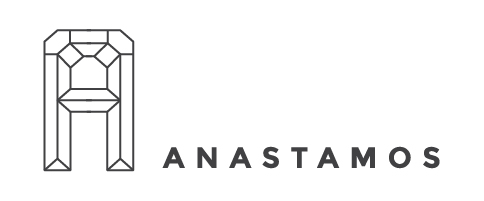A Letter From The Editor: Tangible

Dear Reader,
Welcome to ANASTAMOS‘ fourth issue, Tangible, and my first issue as Editor-in-Chief of this journal.
When we opened submissions back in May 2018, our editors set out to acquire work exploring concepts of tangibility—scholarly and artistic endeavors attempting to translate the insensible to the sensible, the fragmented to the whole, the amorphous to the concrete. Granted we live in a world of change, our creations and explorations tend to demonstrate hard-to-grasp phenomena as much as they explore the tried-and-true. This issue exhibits such work.
As artists and scholars, we set out to create work that can be experienced by others—work that uncovers, educates, and inspires. The creative and empirical process, in essence, aims to produce something tangible and realized. The practice is trying, riddled with doubt, and mentally and physically exhausting. In this light, I liken the artist, and the scientist, to an athlete. Many nights I leave the library with tender elbows, tight shoulders, and an unyielding neck from being cemented to the keyboard for indeterminable hours. I understand and empathize with the time and sacrifices required to produce a tangible product, and although the illusion of self-indulgence can be encountered during the process, when our works are completed and shared with the world, our efforts are in the end altruistic. In exploring my own creative endeavors, I receive prolonged satisfaction publishing the work of others.
The ANASTAMOS selection process is collaborative. Opinions differ. Challenges are endless. The energy of the staff is voluntary. Our graduate courses are demanding, our out-of-class projects are a source of unending anxiety, and our jobs get in the way of pretty much everything. Then we have ANASTAMOS. Being a part of the journal requires grace as much as it demands tenacity. I hope the selections published in this issue demonstrate our dedication to the journal, and I would like to thank the editors and staff for all of their help bringing this issue to life.
We are an interdisciplinary journal and actively juggle genres to produce an aesthetically coherent experience. In this issue readers will encounter memorable characters such as the troubled Charlie Pepper, in Montreal-based writer Caolan Leander’s short story “Night Rush” who sets out to sabotage an enemy’s art exhibit, only to make the exhibit more prolific in the eyes of the public as they return to the gallery each day. Readers will get to know American playwright and self-described “tall glass of water” Karina Cochran in her nonfiction piece, “You May See” about a hot Indiana summer spent building a whale sculpture and dating an alcoholic. Find yourself along the coast of Cornwall in southwestern England at the mysterious castle of Tintagel, where Chapman MFA student Candice Yocono spent time with archaeologists unearthing curious remains from the rumored birthplace of legendary King Arthur.
I call the reader’s attention to the piece titled “A Conversation with Gilles Bourdos and Richard Bausch”, where French filmmaker, Gilles Bourdos (Endangered Species, 2017; Renoir, 2012; Afterwards, 2008), and American novelist, Richard Bausch (Living in the Weather of the World, 2017; Before, During, After, 2014; Peace, 2008), discuss Mr. Bourdos’ motion picture, Endangered Species (2017)—a film based on six unrelated stories by Mr. Bausch. Their conversation explores the individual artistic process as well as the collaborative. Find out how Mr. Bourdos translated six unrelated short stories into one cohesive feature-length film.
I would like to take a moment to thank ANASTAMOS’ founding editor and my mentor, Alison Williams, who placed her trust in me last spring to assume the role as Editor-in-Chief for the 2018-19 academic year. I will remain forever in debt to Alison for the guidance she has offered me since joining the journal in the Fall of 2017.
Finally, I offer a quote from American architect and scholar, Richard Buckminster Fuller (1895-1983). His words reflect this issue’s exploration:
“Everything you’ve learned in school as ‘obvious’ becomes less and less obvious as you begin to study the universe. For example, there are no solids in the universe. There’s not even a suggestion of a solid. There are no absolute continuums. There are no surfaces. There are not straight lines.”[1]
Faithfully,
Kevin J. Brown
Editor-in-Chief
Citations:
[1] Kick, Russ, editor. Quotes That Will Change Your Life: A Curated Collection of Mind-Blowing
Wisdom. Conari Press, 2017, p. 15.
Featured Image: “books” by Dean Hochman is licensed under CC BY 2.0


No Comments